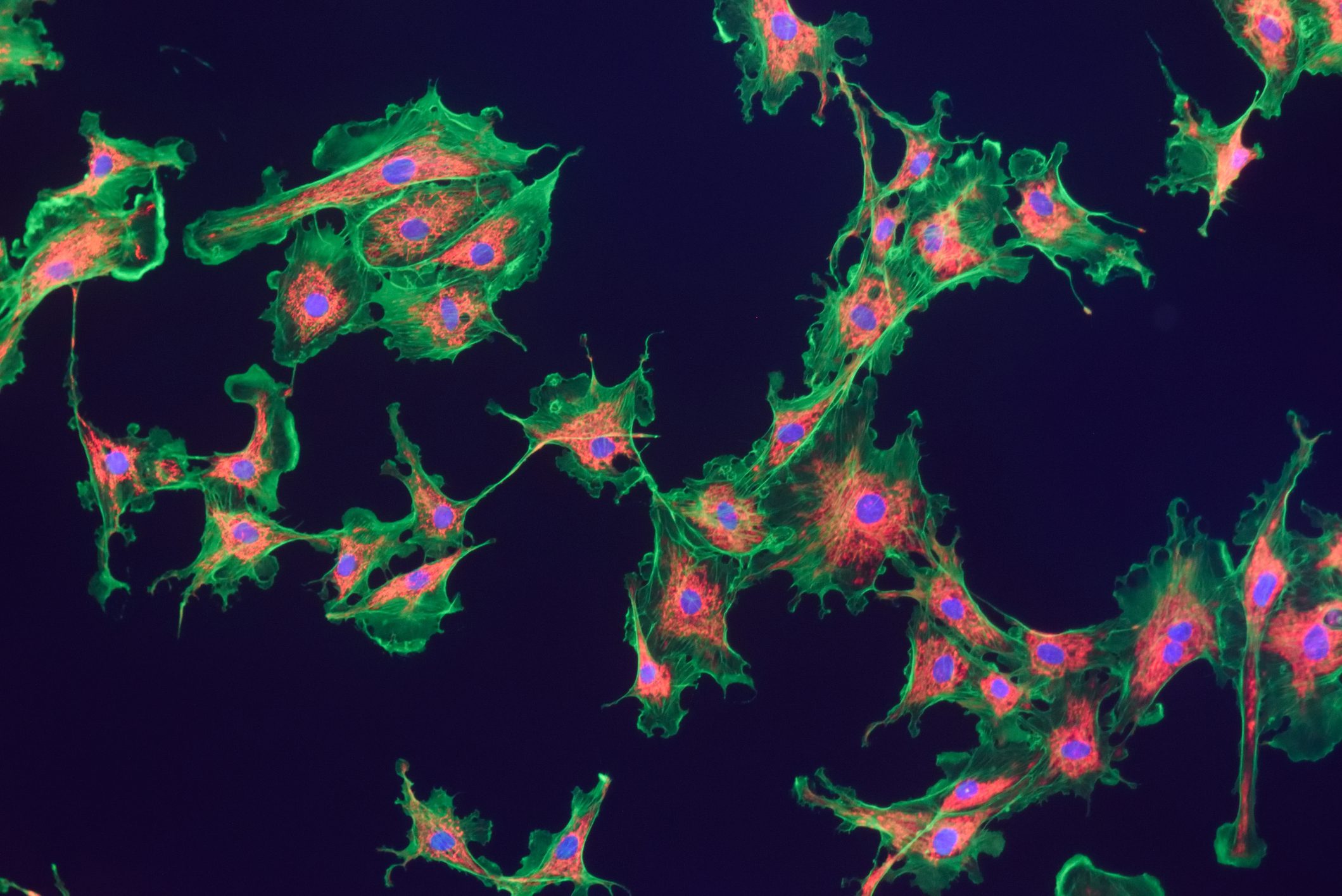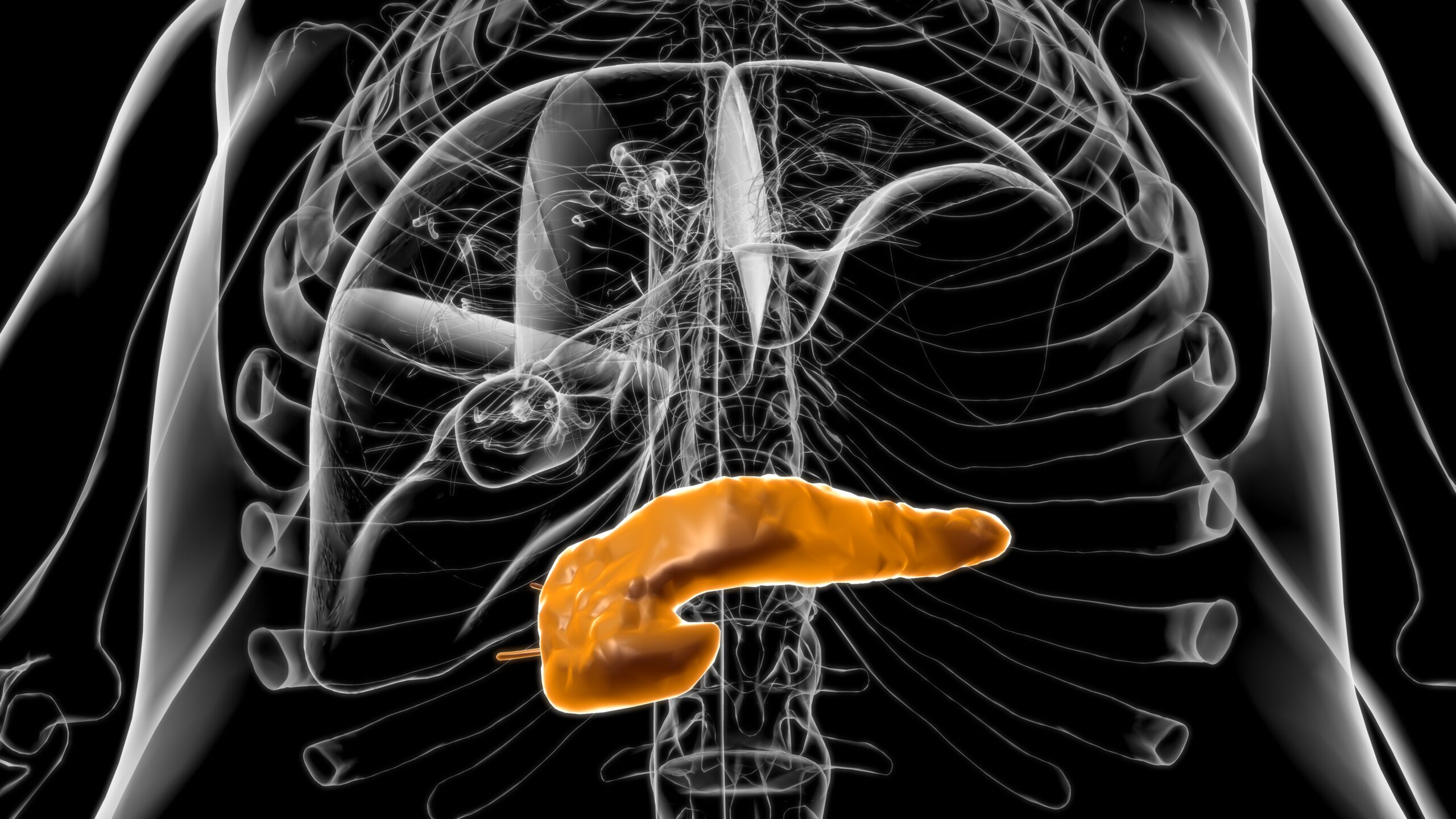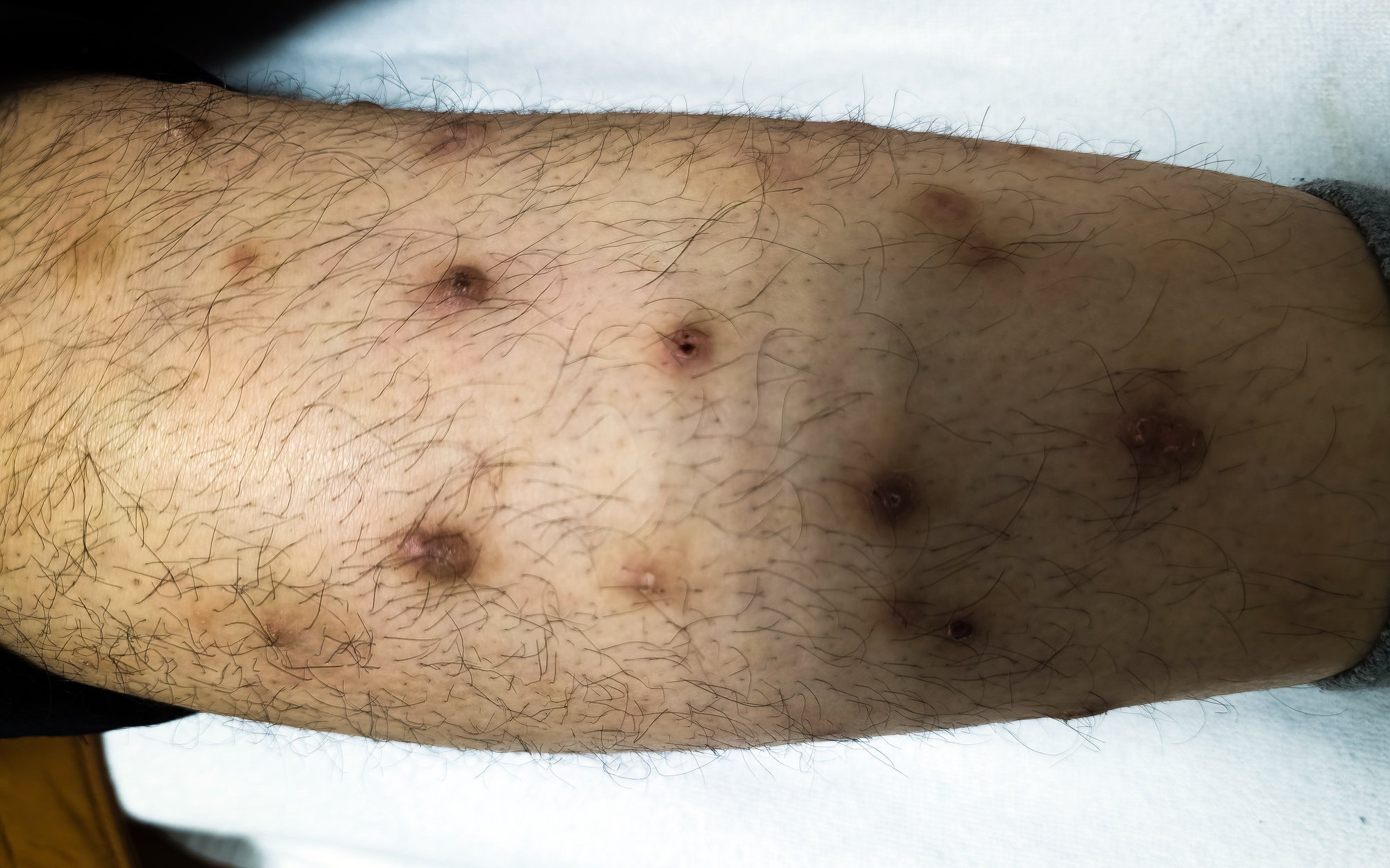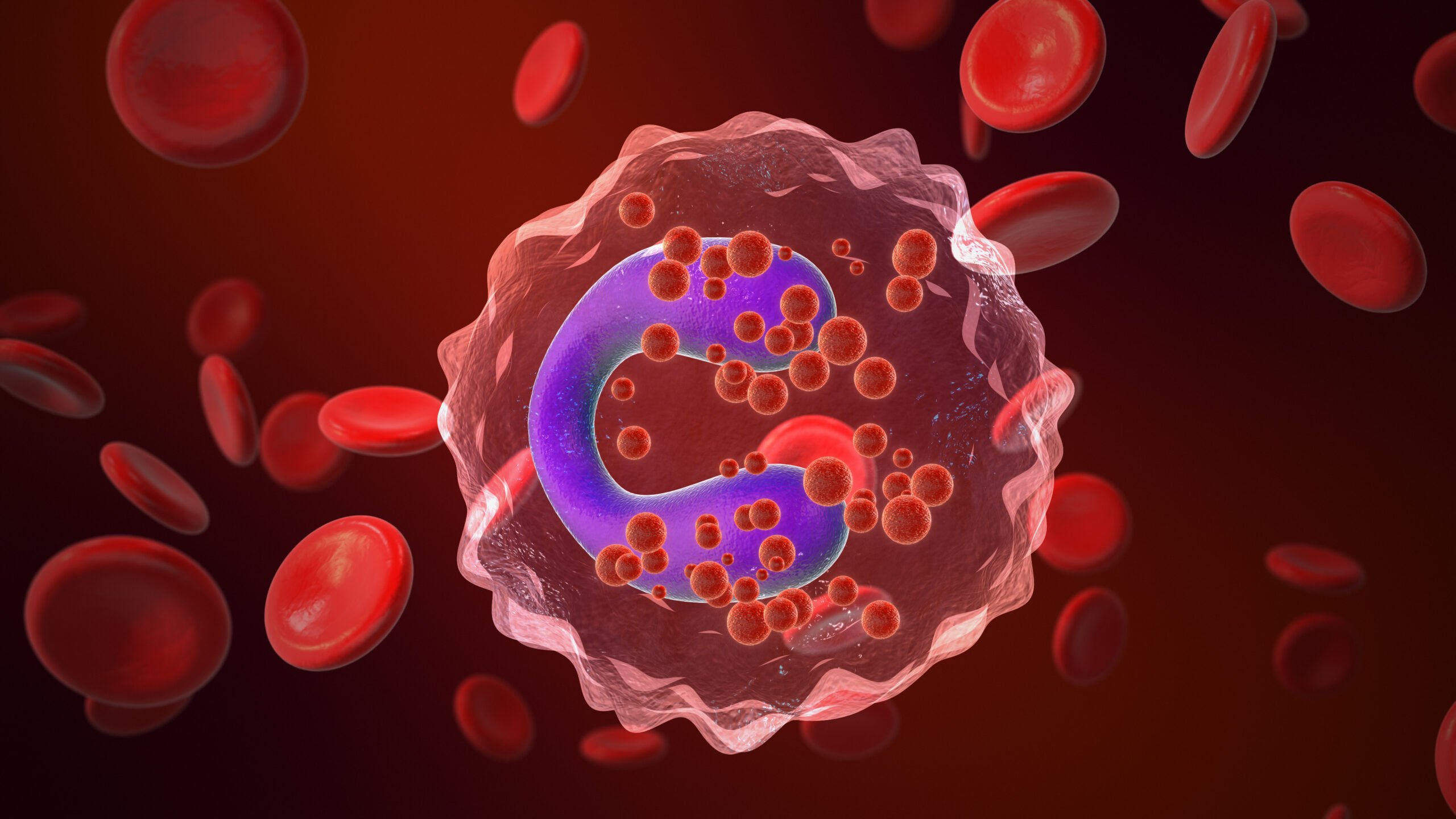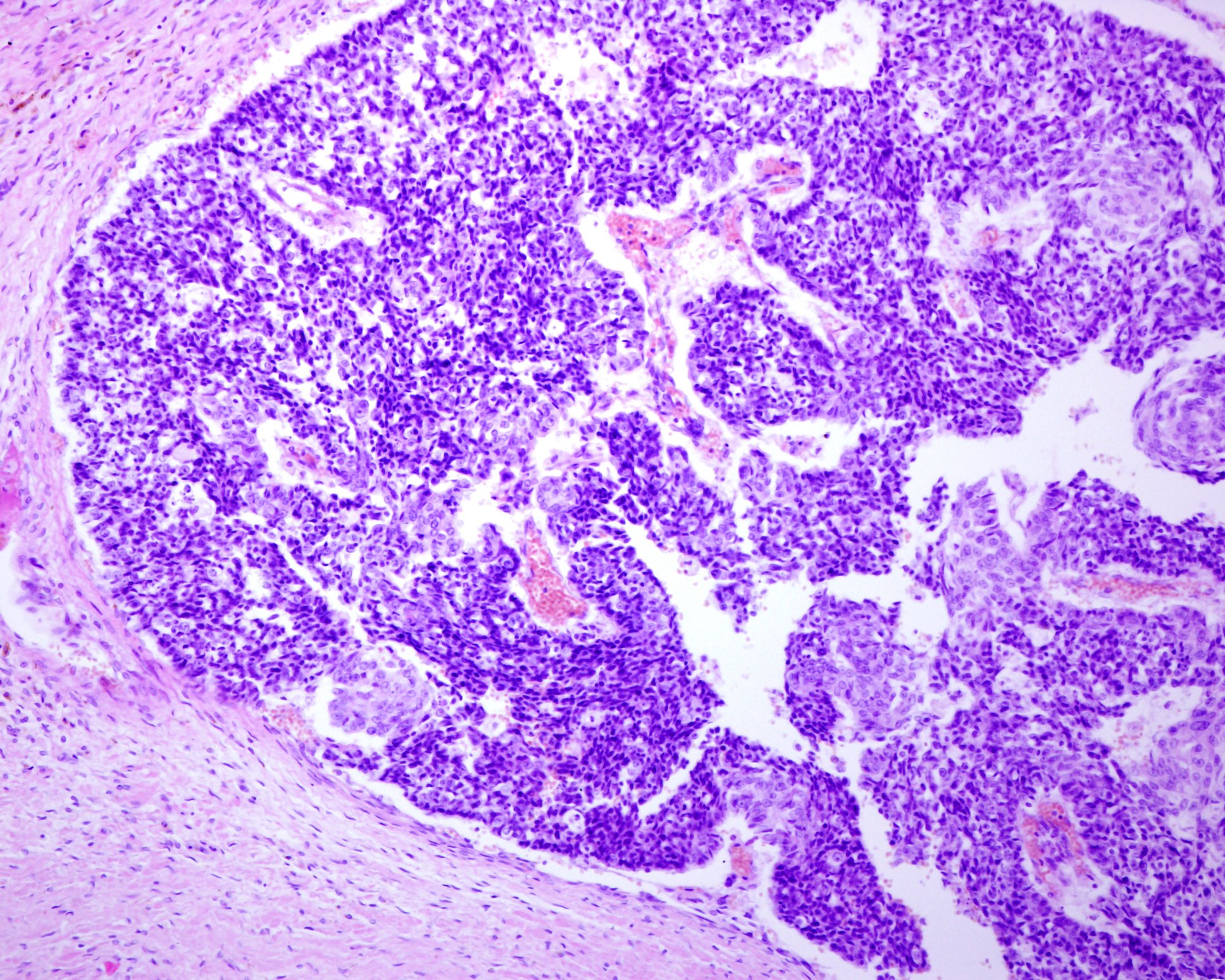There are various indications in the specialist literature that the gram-negative, non-pathogenic bacterium Vitreoscilla filiformis (V. filiformis) has a beneficial effect on atopic skin. New findings confirm earlier reports of a successful application of this bacterial lysate as part of an “emollients plus” strategy.
Autoren
- Mirjam Peter, M.Sc.
Publikation
- DERMATOLOGIE PRAXIS
Related Topics
You May Also Like
- "Swiss Health Care Atlas"
New indicator: medication for weight regulation
- AI in neurology
Control instead of a flood of data: AI makes big data and wearables usable
- Treatment of pancreatitis: current study data
How can the risk-benefit profile be improved?
- Prurigo and PN
Anti-inflammatory antipruritic therapy improves quality of life
- Pathophysiology, clinical significance and therapeutic consequences
Eosinophils in asthma
- Urothelial carcinoma
Perioperative innovations and organ-preserving strategies
- Artificial intelligence
Dr. ChatGPT: Large language models in everyday clinical practice
- GLA:D® program for back pain patients

